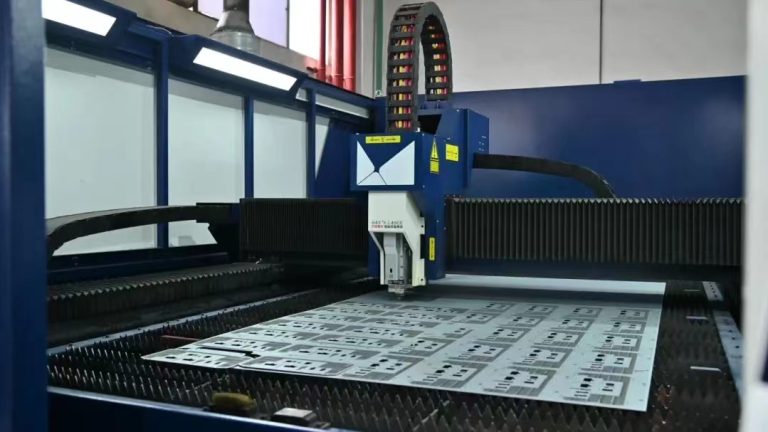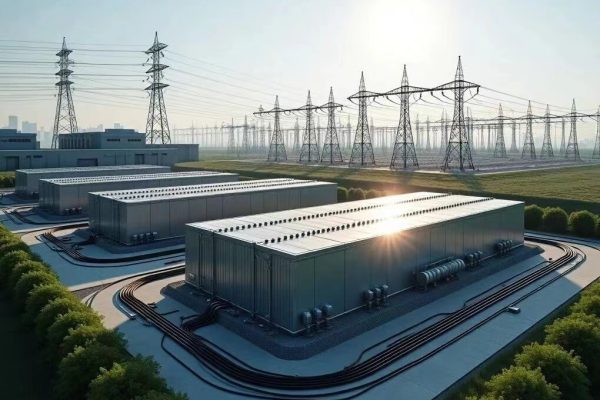Demystifying the Brains Behind Solar + Storage Systems
Hybrid inverters are becoming the standard choice for residential and small commercial PV+ESS (energy storage systems). But what exactly makes an inverter “hybrid”? And how does it differ from traditional grid-tied or off-grid inverters?
In this article, we break down the key technologies inside hybrid inverters, explain how they manage solar, battery, and grid power, and show how installers can use this knowledge to explain system value to clients.
⚡ What Is a Hybrid Inverter?
A hybrid inverter combines the functions of:
- A solar PV inverter (DC → AC)
- A battery inverter/charger (bi-directional power control)
- A grid-synchronizer (on-grid or backup mode)
✅ It’s the “brain” of a solar + battery system — handling energy flow between solar panels, batteries, loads, and the utility grid.
🧠 Core Functions of a Hybrid Inverter
| Function | Description |
|---|---|
| MPPT | Tracks solar panel output to maximize power harvesting |
| DC-AC Conversion | Converts DC from PV/battery to AC for household loads |
| Battery Charging/Discharging | Manages storage, timing, and current flow |
| Load Prioritization | Determines whether to use solar, battery, or grid |
| Grid Interaction | Exports surplus, imports deficit, or works off-grid |
| Backup Mode | Isolates and powers critical loads during outage |
🔄 How Energy Flows in a Hybrid System
The hybrid inverter constantly calculates:
- Is solar available?
- Is battery full or empty?
- Is the grid active?
- What are the load priorities?
It then switches intelligently to balance efficiency, economics, and backup needs.
🔧 Key Technologies Inside a Hybrid Inverter
1️⃣ MPPT (Maximum Power Point Tracking)
- Ensures PV panels operate at ideal voltage/current
- Most hybrid inverters offer 2 MPPTs for multiple roof orientations
- Efficiency range: >99% tracking efficiency
💡 Tip: More MPPTs = more design flexibility on rooftops
2️⃣ Bi-Directional DC-DC Converter
- Charges or discharges the battery
- Controls current direction based on system mode
- Supports LFP/NMC or other chemistries with BMS integration
💡 Supports time-of-use arbitrage (charge at night, discharge at peak)
3️⃣ DC Bus Architecture
- Internal high-voltage bus connects all energy sources
- Optimizes internal conversion efficiency
- Reduces need for multiple inverters or relays
💡 DC-coupled systems are more efficient than AC-coupled in solar charging
4️⃣ AC Output Inverter (DC → AC)
- Pure sine wave inverter with low THD
- Grid-synchronized for export or off-grid islanding
- Key metrics:
- THD < 3%
- Efficiency > 95%
- Response time < 20ms in blackout
💡 Check if inverter has low idle power draw during off-grid mode
5️⃣ Intelligent EMS (Energy Management System)
- Software logic that sets rules:
- Charge battery first?
- Export excess?
- Trigger diesel backup?
- May include AI-based forecasting, cloud monitoring, load scheduling
💡 Some brands offer mobile apps or APIs for remote tuning
🔋 Battery Integration: AC vs DC Coupling
| Type | Description | Pros | Cons |
|---|---|---|---|
| DC-Coupled | PV and battery both feed into same DC bus | Higher efficiency, lower losses | Battery voltage must match inverter |
| AC-Coupled | Separate battery inverter charges via AC | Retrofit-friendly | Double conversion losses |
For new installations, DC-coupled hybrid inverters are preferred.
🔌 Backup Mode & Critical Load Design
Most hybrid inverters offer:
- Dedicated backup output (EPS/AC2)
- Auto-transfer switch (ATS) or relay
- Black start capability (cold reboot without grid)
⚠️ Important: Backup power rating is usually lower than grid-connected rating (e.g. 5kW continuous vs 8kW nominal)
💡 Installers should separate critical loads panel for optimized backup operation.
🧪 Certifications and Compliance
| Standard | Purpose |
|---|---|
| UL1741 / IEEE 1547 | North America interconnection |
| EN50549 / VDE4105 | Europe |
| IEC62109 / IEC62040 | Safety & performance |
| UN38.3 / IEC62619 | For compatible lithium batteries |
Always check local grid code and inverter firmware compatibility for export markets.
🏷 Common Hybrid Inverter Brands
| Brand | Typical Model | Notes |
|---|---|---|
| Growatt | SPF / MIN / MOD series | Popular in Asia/Africa |
| GoodWe | ES / EM / ET / EH series | All-in-one units, hybrid-ready |
| Solis | RHI series | Affordable and reliable |
| Sungrow | SH5K/SH10RT | High-quality, EU compliant |
| Victron | Multiplus + MPPT | Modular, off-grid-friendly |
🧠 Talking Points for Customers
- “A hybrid inverter lets you start with solar, add battery later — no waste.”
- “You can run essentials during blackout, without a generator.”
- “Our system automatically switches between solar, battery, and grid.”
- “You can track everything from your phone in real time.”
Help customers visualize the flexibility and control they gain.
🔚 Final Thoughts
Hybrid inverters are more than a power converter — they’re the central intelligence of a modern solar+storage system.
✅ For installers: Know how to size, configure, and explain their advantages.
✅ For exporters: Promote “hybrid-ready” systems to regions with unstable grids or rising self-consumption demand.
💡 “In the energy transition, hybrid inverters are the Swiss army knife — flexible, smart, and future-proof.”









